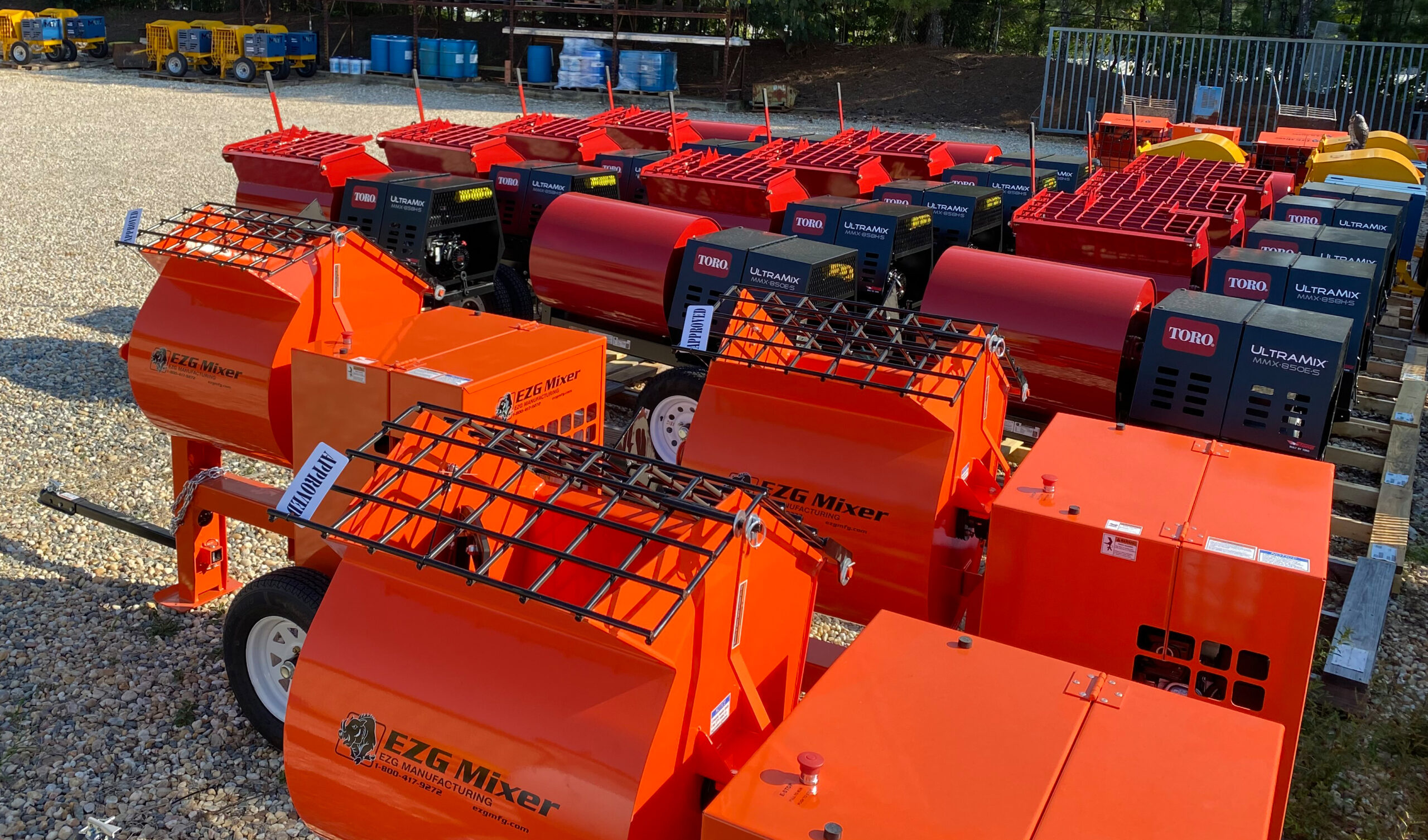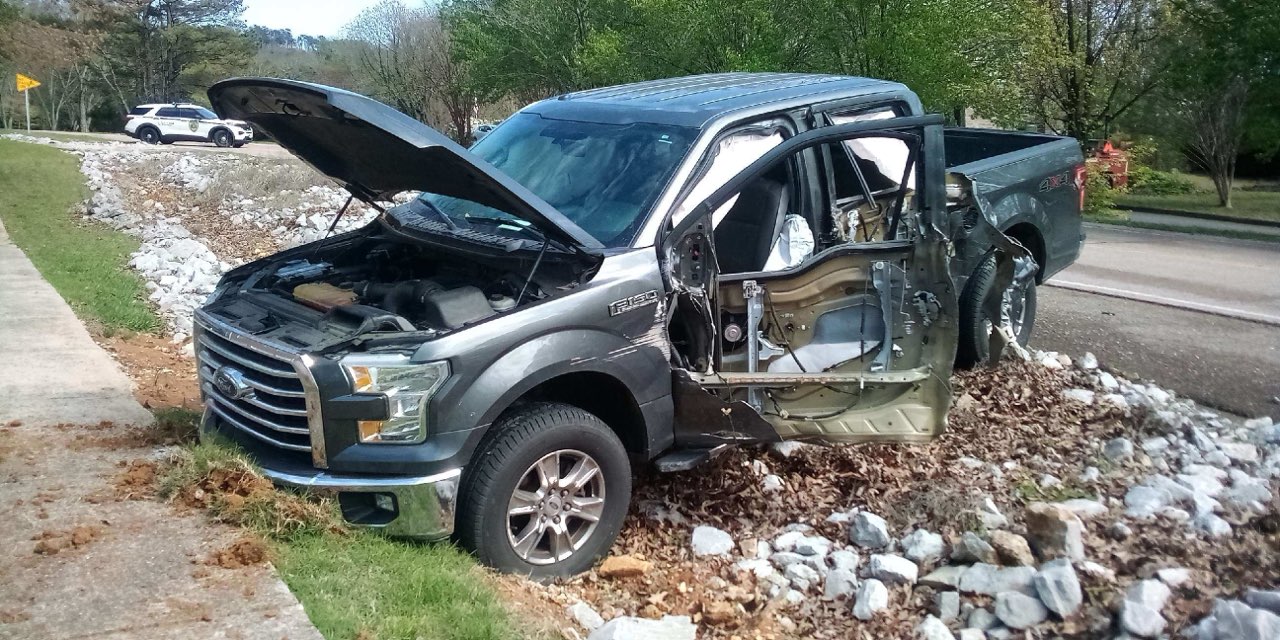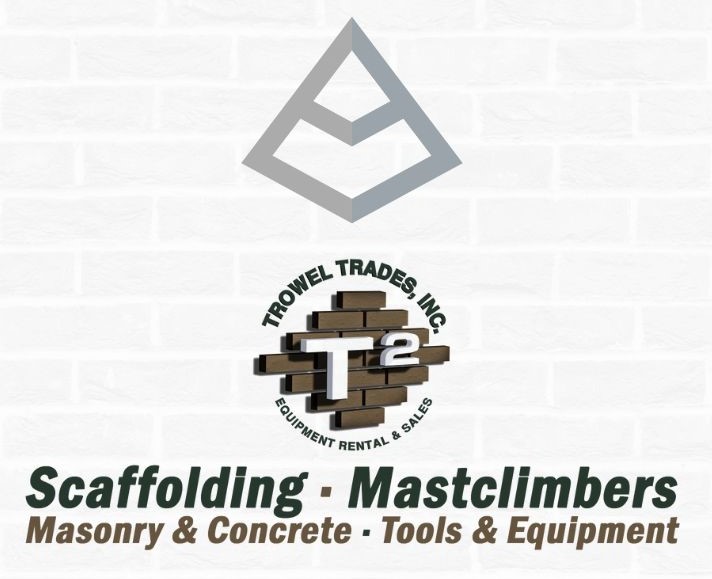
FREE SHIPPING ON
ALL QUALIFYING ORDERS
Enter your email below to join our mailing list:

If you were to be asked “What is the most inportant ingreidient of you mortar mix?” what would your answer be? Everyone knows its the portland. But what about sand? Others will say water changes the whole mix.
But what about air? It’s free, available everywhere and is just as important. Just put a shovel full in and you are good to go.
I wish it was that easy. So lets take a look at what function air plays in the mixing process of our mortar and what its function is.
During the mixing phase of masonry mortar, entrained air refers to the incorporation of tiny air bubbles into the mortar mix. This is achieved by introducing air-entraining agents or by mechanically agitating the mix. Entrained air is intentionally introduced into the mortar to improve its properties and enhance its performance in masonry construction. Here’s how entrained air plays a part in masonry mortar:
It’s worth noting that while entrained air provides numerous benefits to masonry mortar, excessive air content can be detrimental. Excessive air can reduce the compressive strength of the mortar and compromise its load-bearing capacity. Therefore, it’s important to carefully control and balance the air content during the mixing phase to achieve optimal results.





No spam, notifications only about products and updates.

Having dealt with MK Diamond Products and the Delahauts since the mid 1990’s it is sad to hear the news that they have closed their

I’ve told my wife and daughter to never follow a mortar mixer down the interstate. For over 30 years we have sold, rented, and repaired

This question is one of the most frequent mixer related questions our rental staff are asked. Our contractor customers know the importance of using the right tools for the job.

Trowel Trades, a company that specializes in equipment rental, tool retail, repair services, scaffolding and mast climber access solutions, enters the Silver Tier of the Masonry Alliance Program.
Your email was submitted successfully.
YOUR 10% OFF COUPON CODE IS WELCOME10.
See category exclusions below.
Category Exclusions:
Arbortech Brick and Mortar Saw, Compaction, Concrete Mixers, Concrete Walk Behind Saws, Drop Hammers, Grout Hogs, iQ Power Tools, Masonry Block Saws, Masonry Brick Saws, Mast Climbers, Mortar Mixers, Mud Buggy, Saws, Scaffold, Self Dumping Hoppers, Shoring, and Stihl